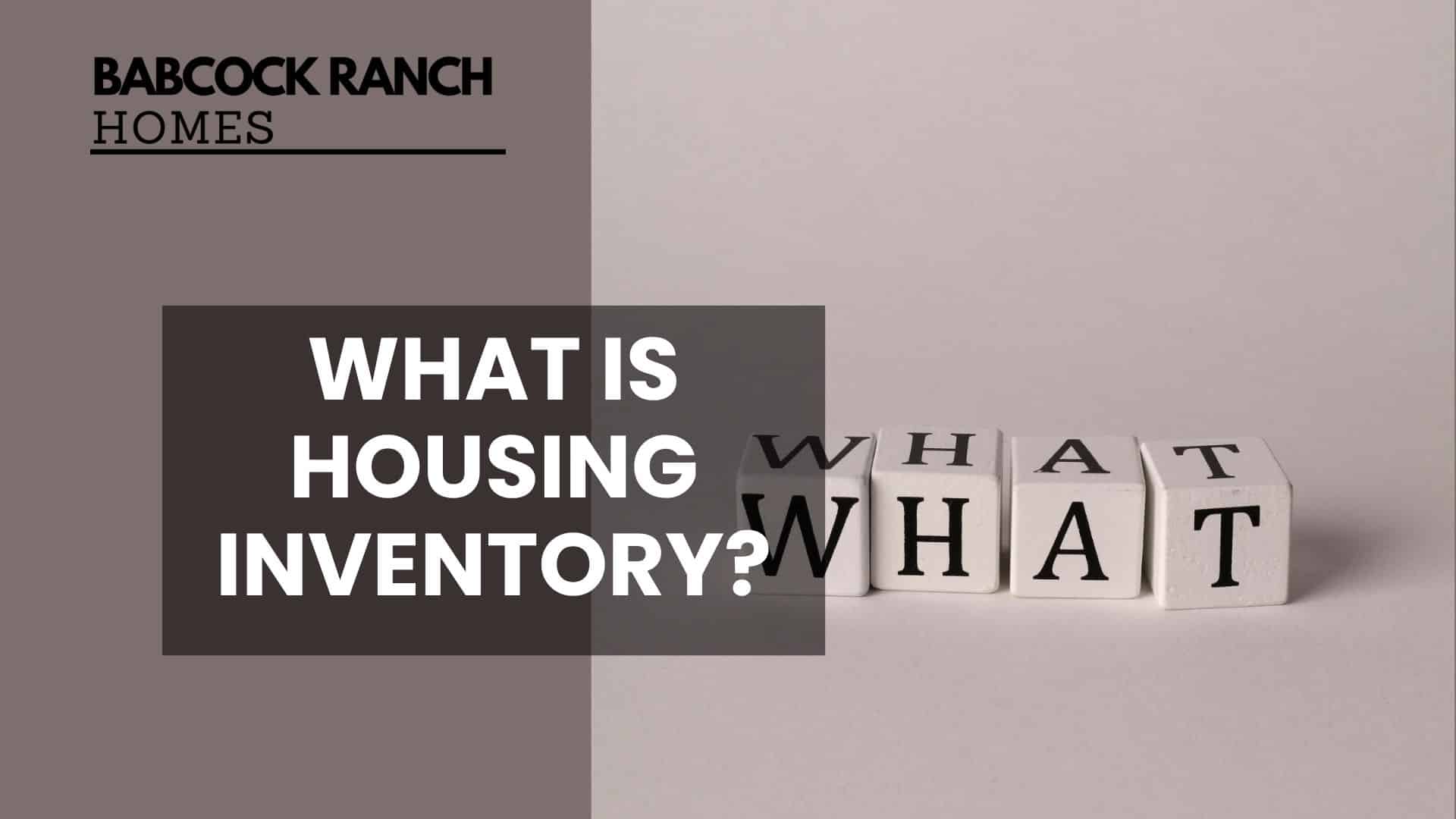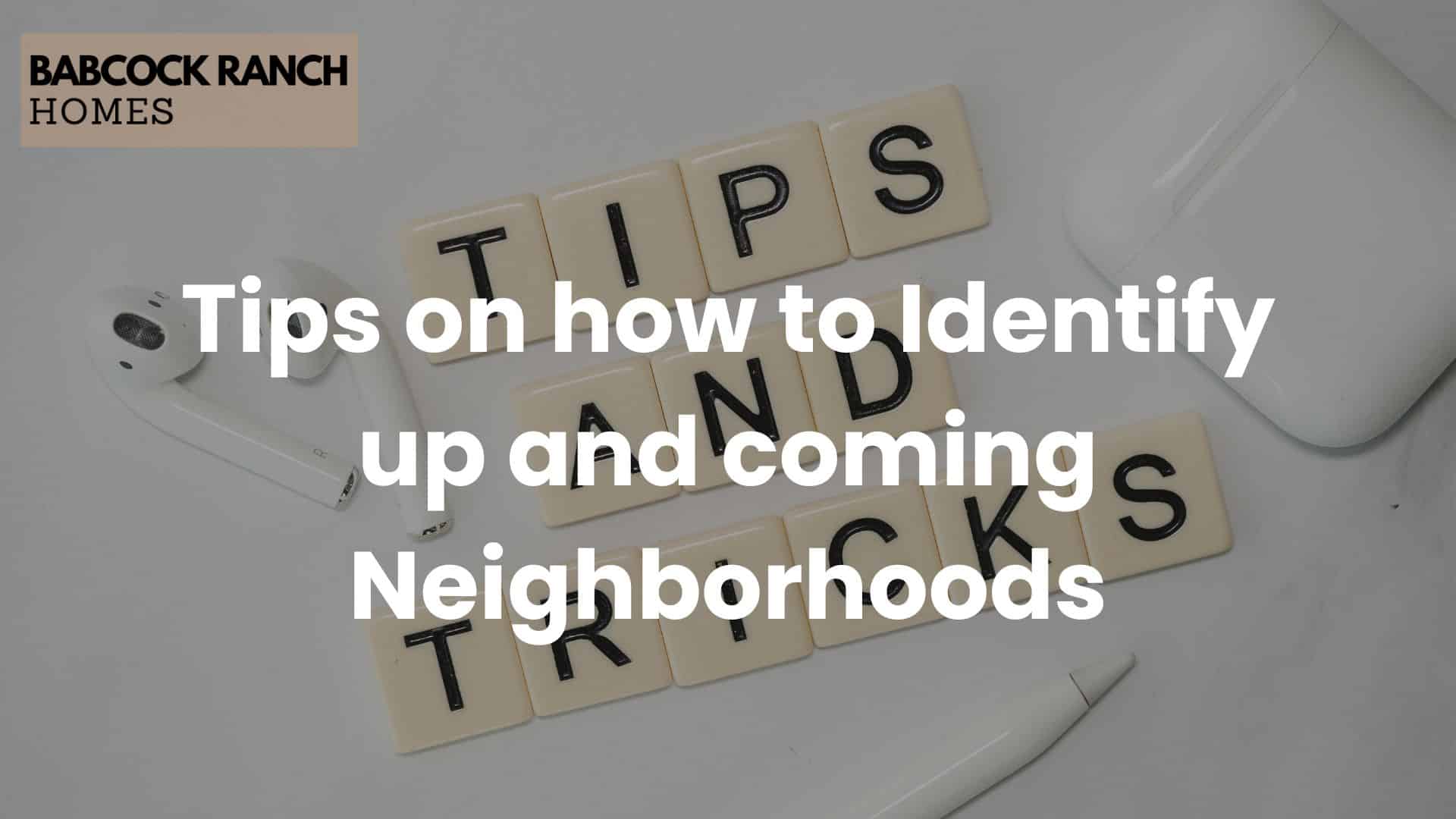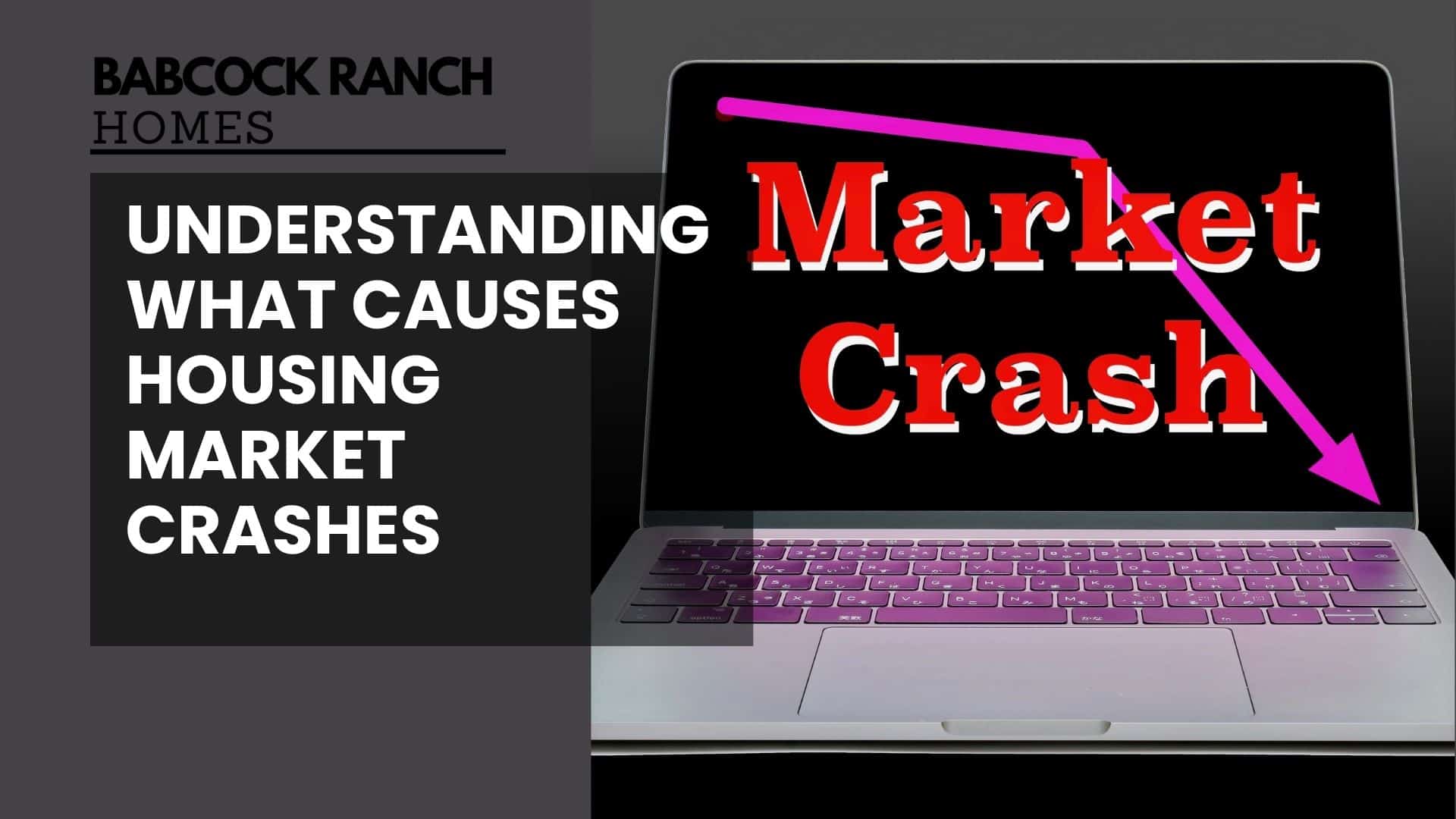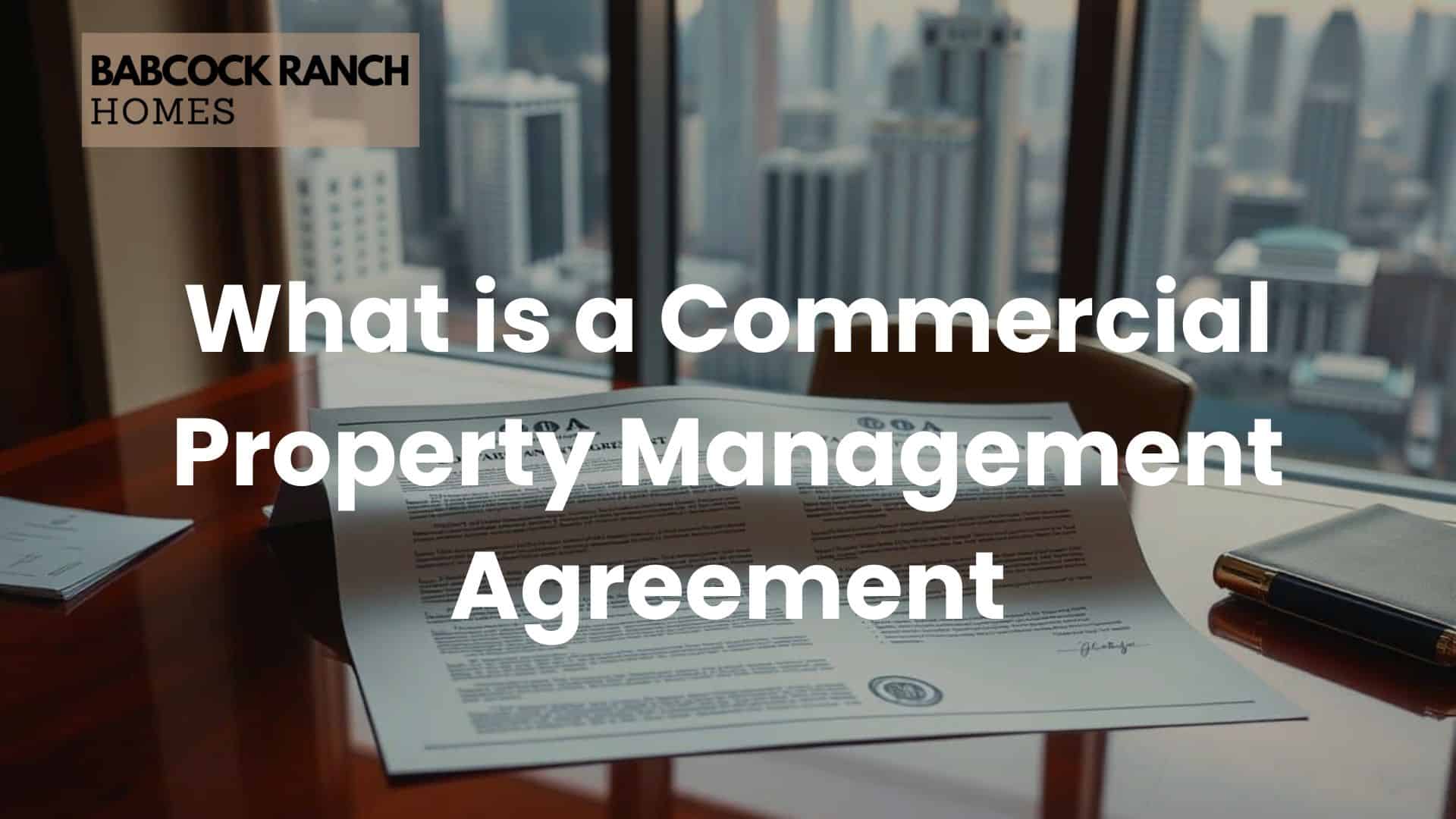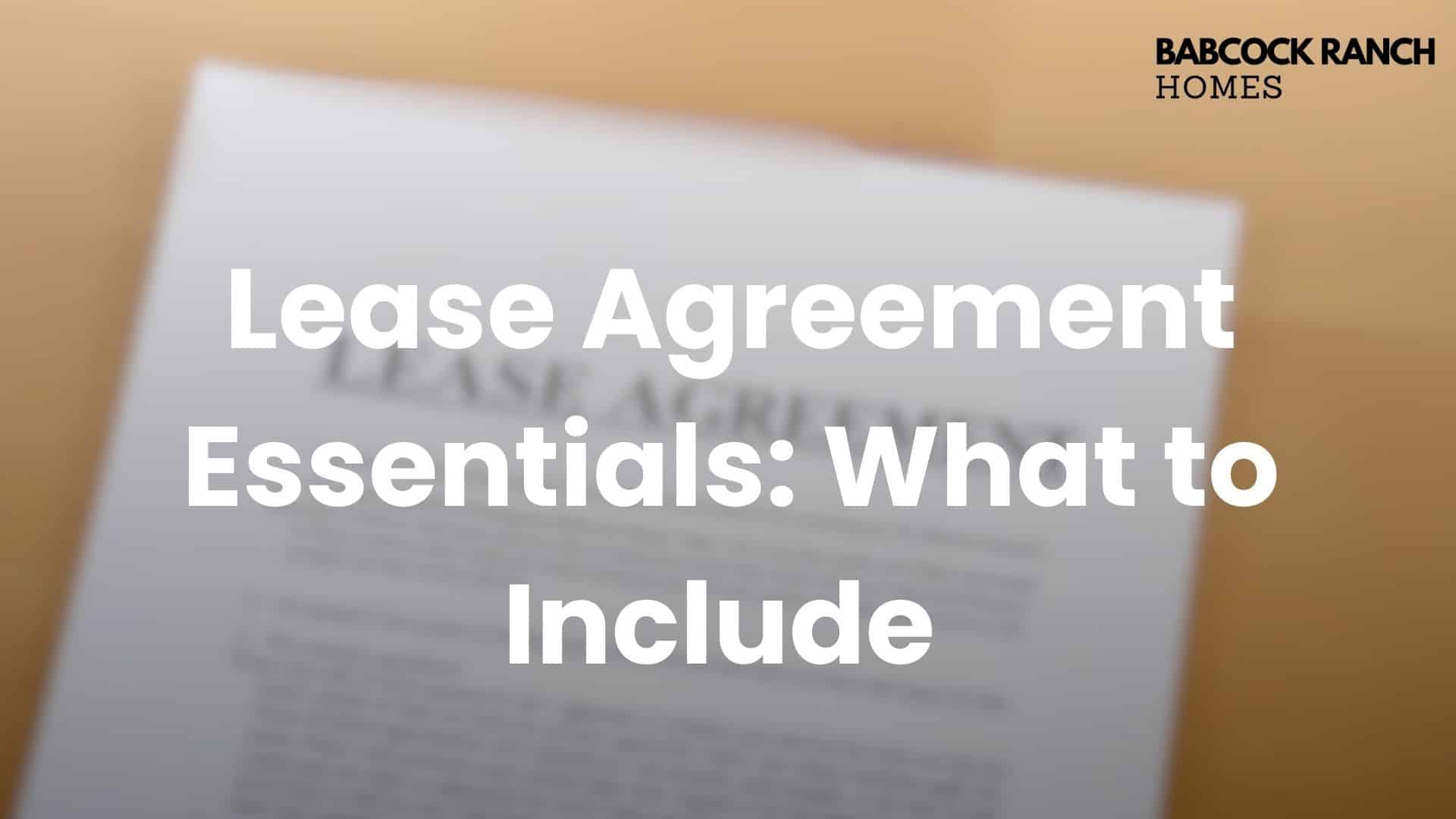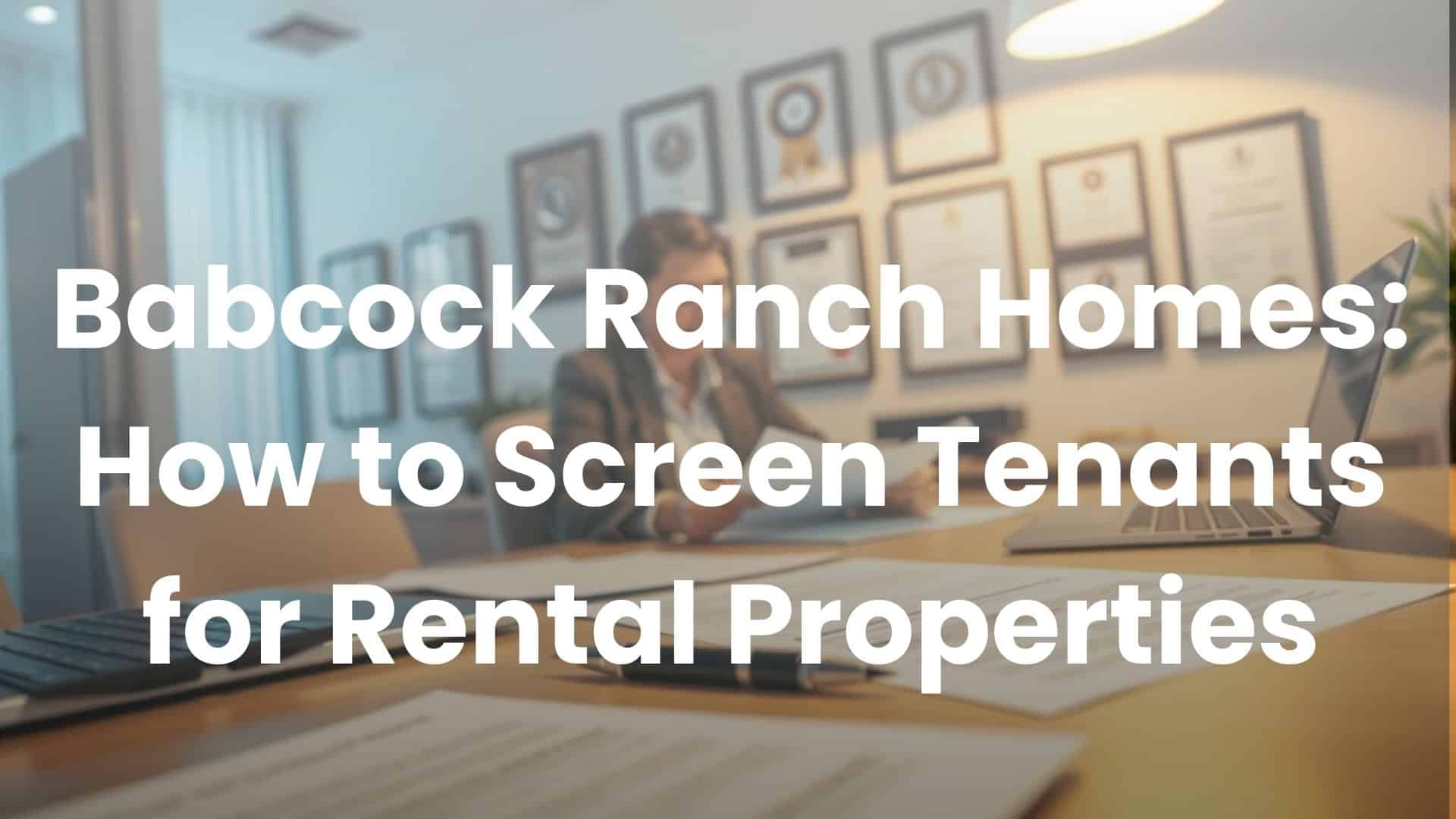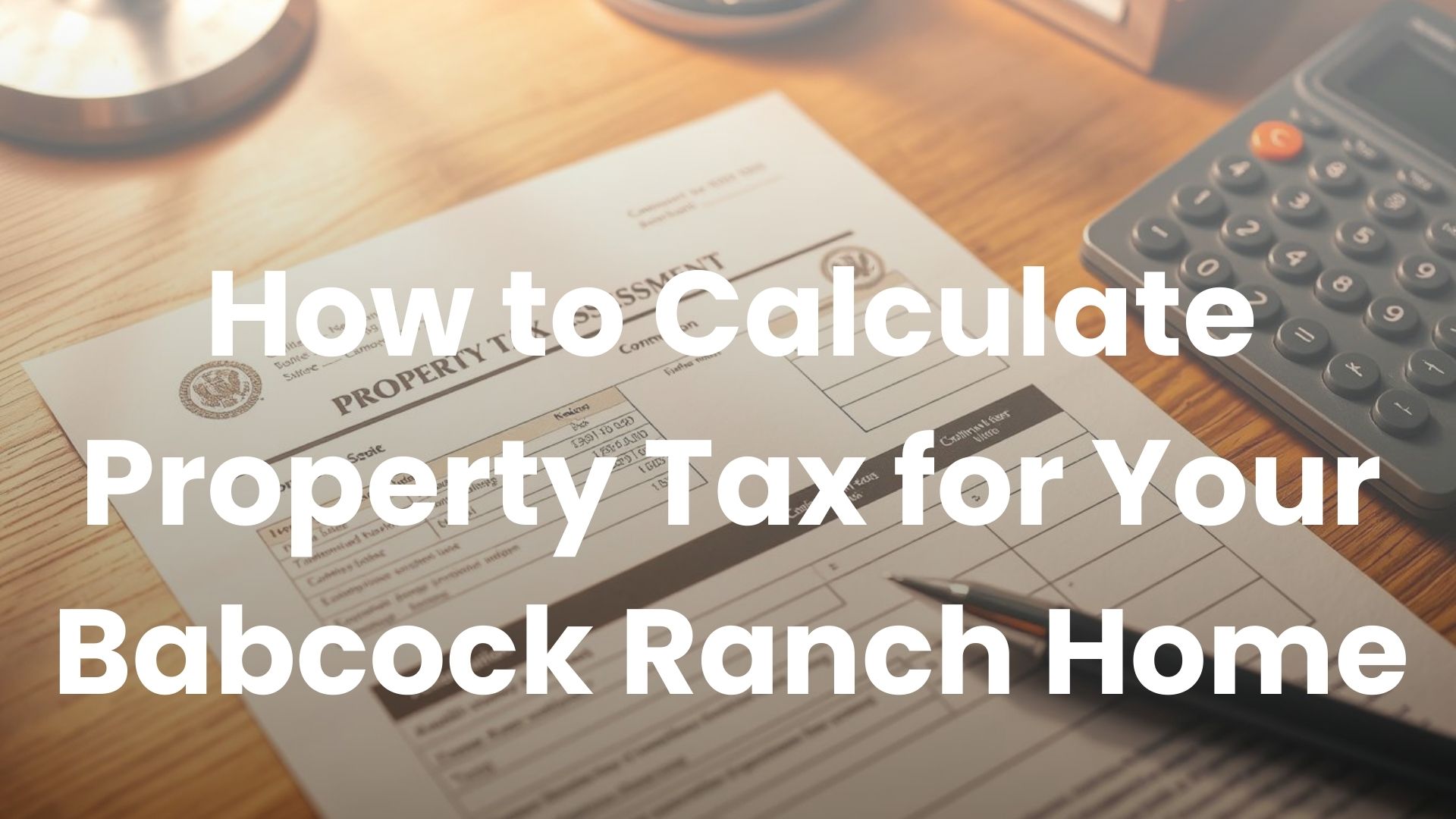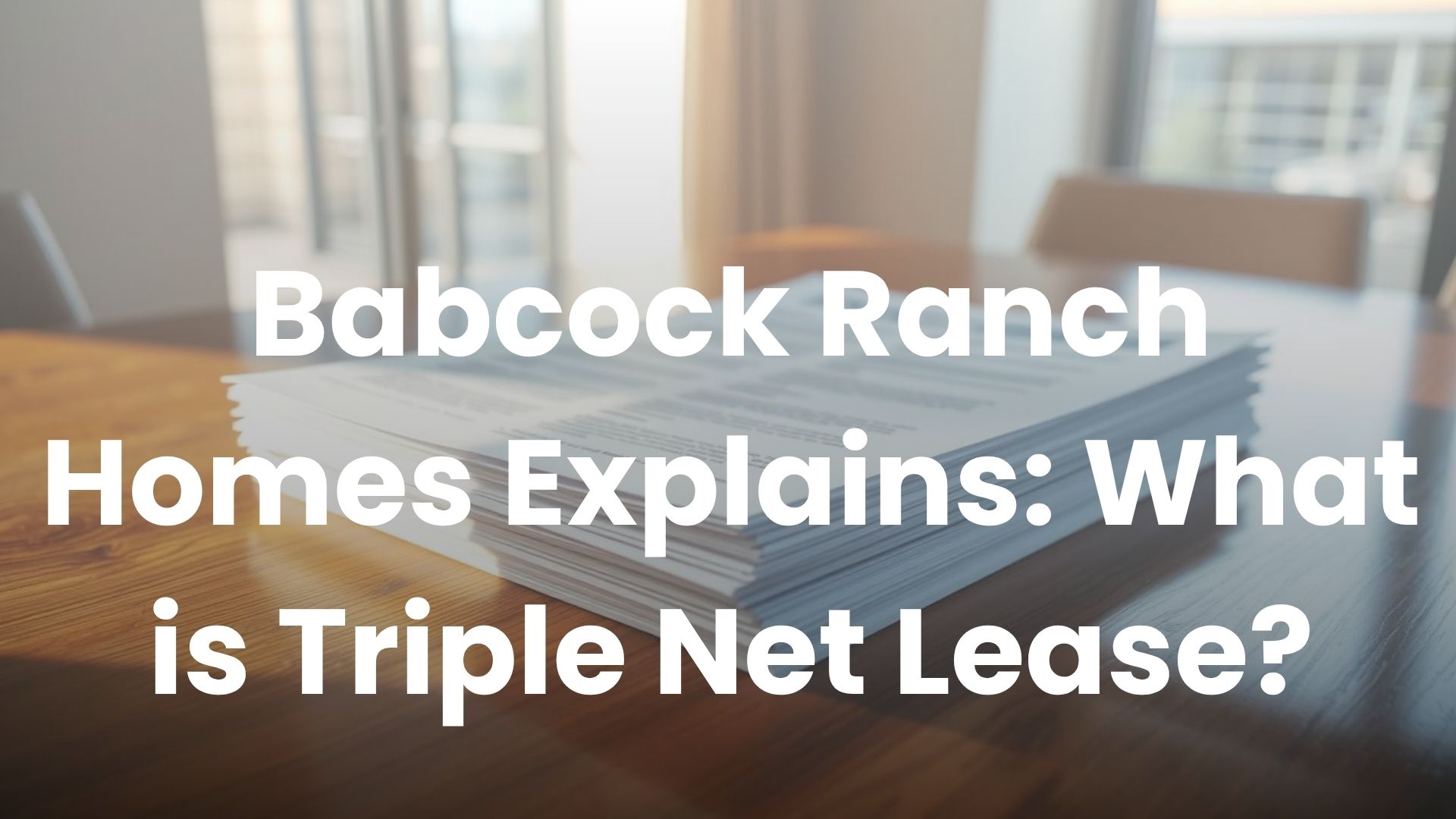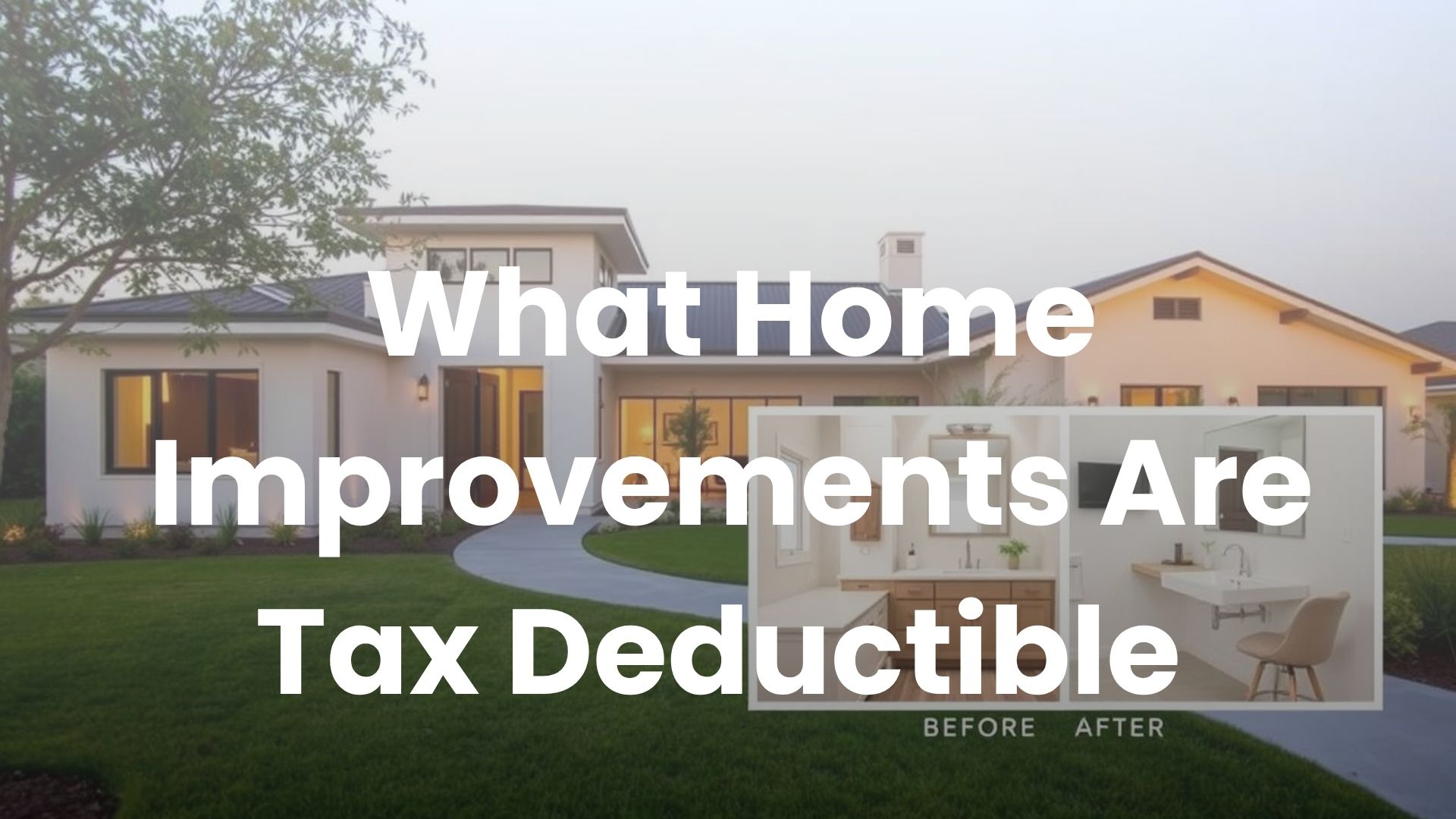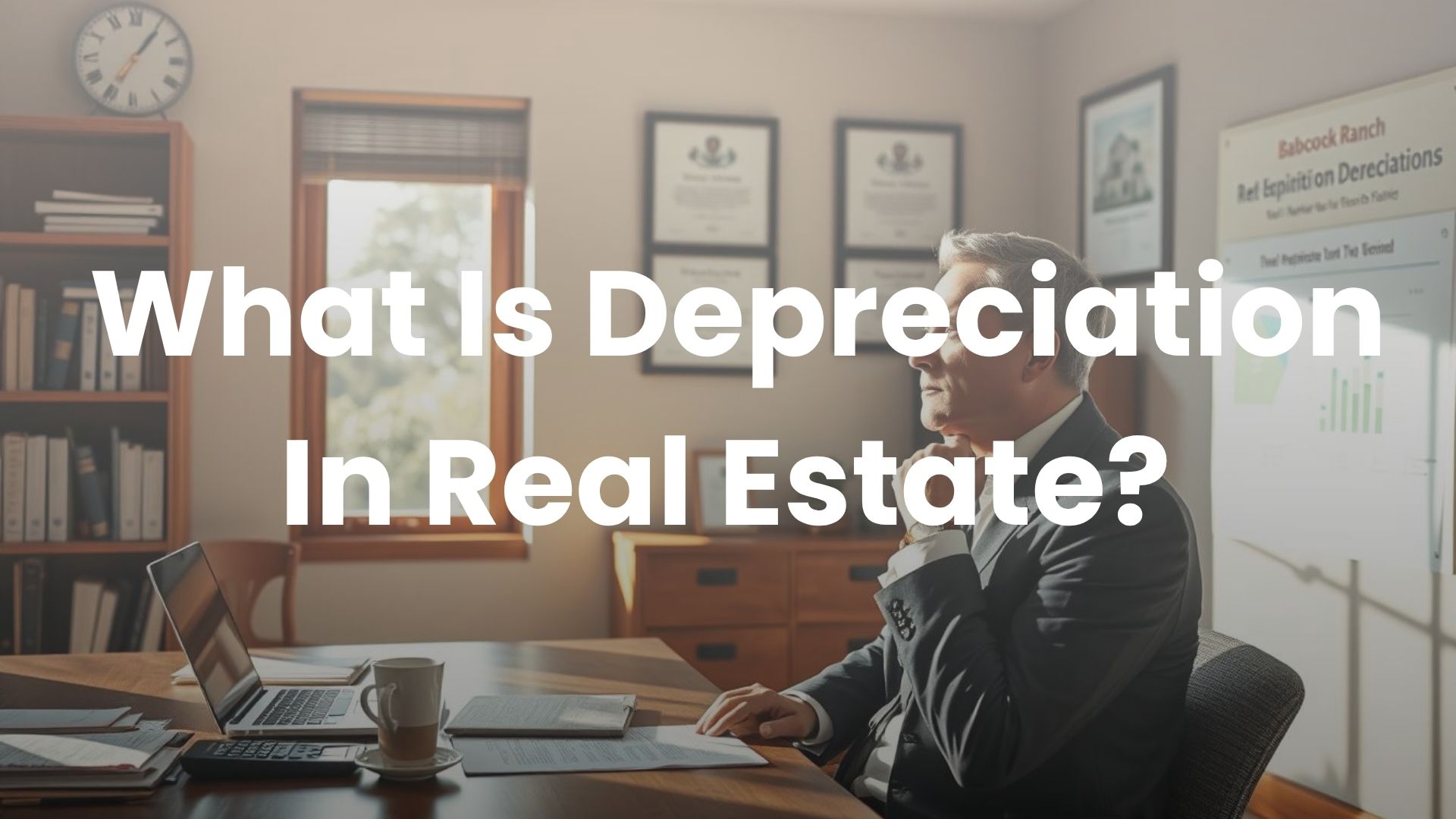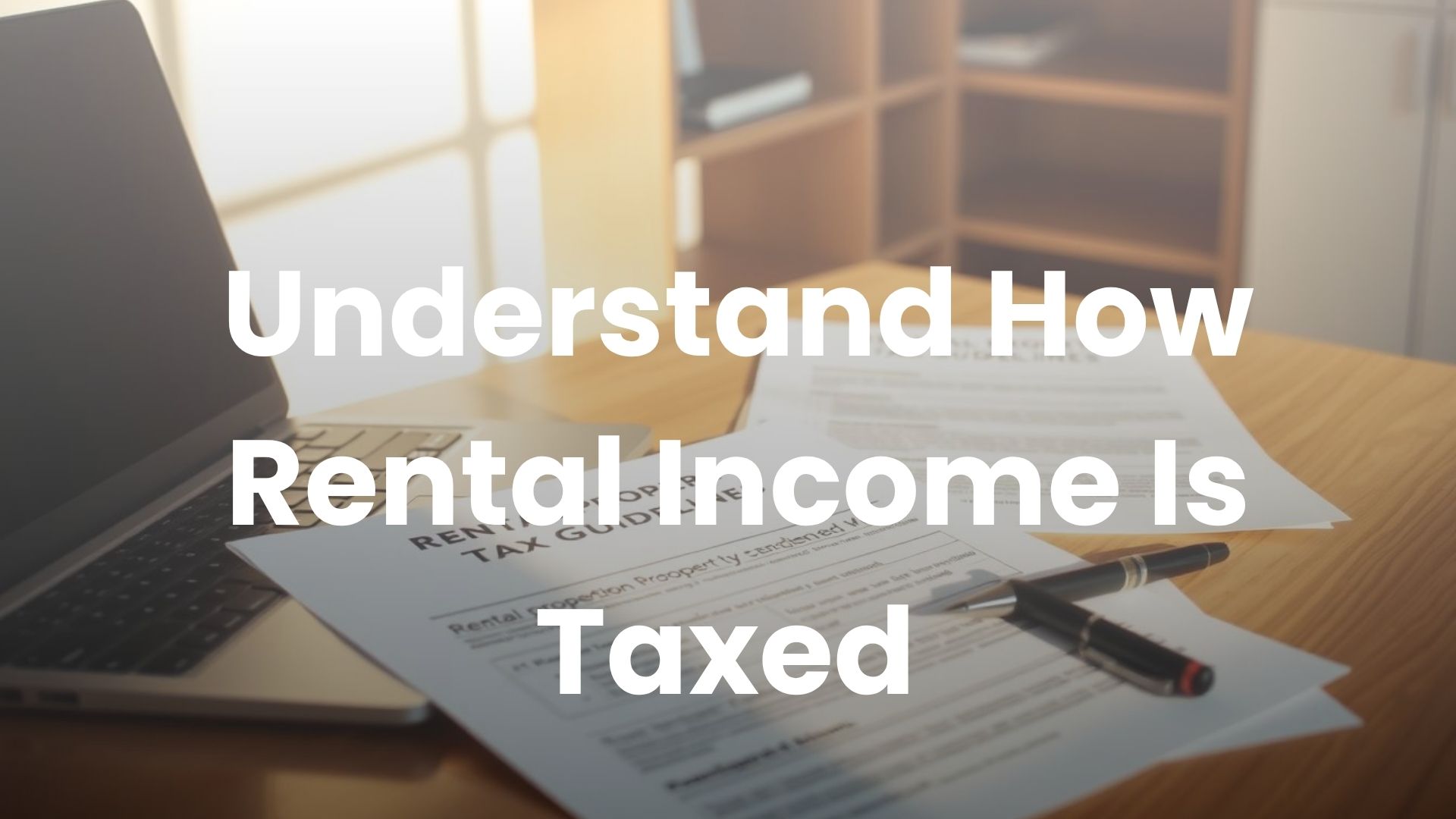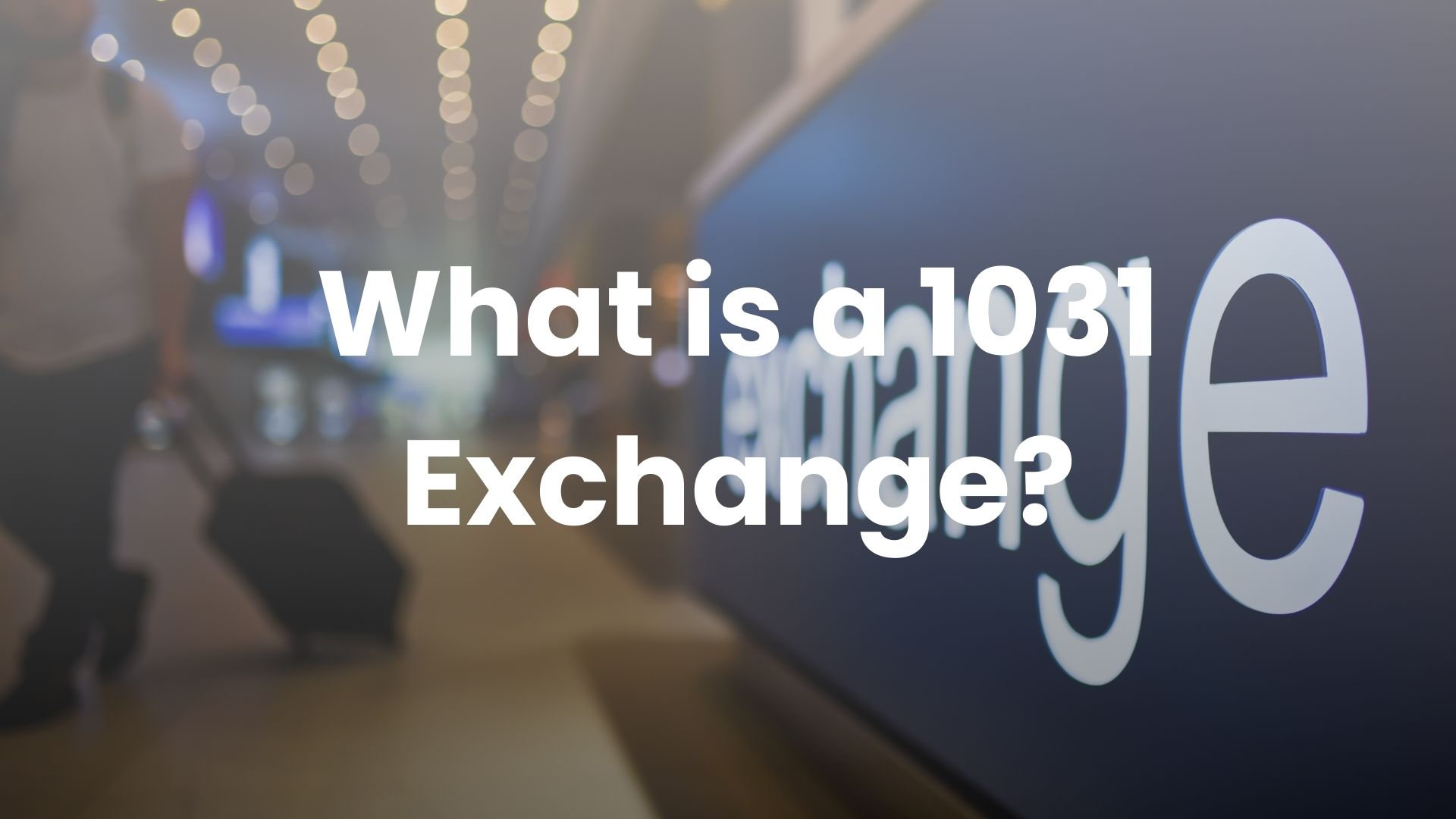Private Mortgage Insurance (PMI) can be a big monthly cost for homeowners. Knowing how to remove PMI can save you a lot of money each year. At Babcock Ranch Homes, we guide homeowners through the complex PMI removal process.
PMI is needed when you put down less than 20% of the home’s price on a conventional mortgage. For a $250,000 house, homeowners with PMI might pay up to $355 a month. This makes removing PMI a key financial move.
Over half of homeowners with PMI are first-time buyers. They couldn’t afford the usual 20% down payment. By understanding how to remove PMI, you can save a lot of money over your mortgage’s life.
Key Takeaways
- PMI is mandatory for down payments under 20%
- Monthly PMI costs can reach $355 for lower credit scores
- Understanding PMI removal can save significant money
- First-time homebuyers are most affected by PMI
- Multiple strategies exist for PMI elimination
Understanding Private Mortgage Insurance (PMI)
Private mortgage insurance is a key protection for lenders when buyers put down less than 20%. It helps lenders cover their risk if a borrower can’t pay back the loan.
What Exactly is PMI?
PMI is an insurance that protects lenders if a borrower defaults. It’s needed when the down payment is less than 20% of the home’s price. This way, people can buy homes without a huge upfront payment.
The Cost Impact of PMI on Monthly Payments
PMI can raise your monthly mortgage costs. According to Freddie Mac, it can cost between $30 to $70 per month for every $100,000 borrowed. For a $400,000 mortgage, you might pay $120 to $280 in PMI each month.
- Annual PMI premiums range from 0.46% to 1.5% of the mortgage amount
- Premiums vary based on credit score and down payment size
- Costs depend on loan type and individual risk factors
Types of Mortgage Insurance Coverage
Homeowners have options to avoid PMI costs. The main types are:
- Borrower-Paid Mortgage Insurance (BPMI): Most common, where borrowers pay monthly
- Lender-Paid Mortgage Insurance (LPMI): Lender pays insurance cost but charges a higher interest rate
Knowing these details helps homeowners plan to avoid PMI payments. By building equity and meeting certain criteria, you can remove this extra cost from your monthly payments.
When Does PMI Automatically Terminate
Knowing when you can stop paying PMI is key for homeowners. The Homeowners Protection Act sets clear rules for when PMI ends. This helps homeowners avoid extra monthly costs.
PMI ends at two key times:
- When your mortgage balance hits 78% of the home’s original value
- At the midpoint of your loan term
For most 30-year mortgages, PMI ends after 15 years. This happens when you have 22% equity in your home. If you put down 10%, you might reach this in about 7 years with regular payments.
Loan types have different rules for PMI removal:
- Conventional Loans: Ends at 78% loan-to-value ratio
- FHA Loans: Rules vary based on when you got your loan
Pro Tip: Keep track of your mortgage balance and request PMI cancellation as soon as you qualify.
To qualify for automatic PMI termination, you need a good payment history. Also, your home’s value must not have dropped. Lenders might ask for an appraisal to check the home’s value before removing PMI.
How to Get Rid of PMI
Removing Private Mortgage Insurance (PMI) can help homeowners save money and increase their home’s value. It’s important to understand the process to achieve financial stability.
To remove PMI, you need a solid plan and specific steps. Taking action can help you avoid extra costs and improve your finances.
Required Documentation for PMI Removal
To request PMI cancellation, you’ll need a few important documents:
- Proof of current home value
- Payment history showing consistent payments
- A written request for PMI cancellation
- An updated property appraisal
Steps to Request PMI Cancellation
- Make sure you’ve built 20% equity in your home
- Check your loan’s current balance and original price
- Get a professional home appraisal
- Reach out to your lender with a cancellation request
- Submit all needed documents
Timeline for PMI Removal Process
The PMI removal process usually takes 30-45 days. Important things to remember include:
- Lenders often require a two-year payment history
- Some loans have specific waiting periods
- The type of loan affects the timeline
Tip: Making consistent mortgage payments and increasing home equity are key to successful PMI removal.
By planning carefully, homeowners can save hundreds of dollars each year. This can help them reach financial freedom faster.
Reaching the 80% Loan-to-Value Threshold
Knowing about the loan-to-value (LTV) ratio is key for canceling mortgage insurance. The LTV ratio shows how much you owe on your home compared to its current value. When you hit the 80% LTV mark, you might be able to cancel PMI.
To figure out your LTV, divide your loan balance by your home’s appraised value. Most lenders need this to cancel PMI. Homeowners can use a few ways to reach this goal:
- Make consistent monthly mortgage payments
- Apply extra payments toward the principal
- Wait for natural home value appreciation
- Complete home improvements that increase property value
To cancel PMI, you need to show your loan balance is 80% of the original home value. Lenders will ask for proof, like a professional appraisal.
Those with conventional mortgages should keep an eye on their LTV. Tracking your LTV can help save a lot on mortgage insurance costs. Some lenders cancel PMI automatically when you hit 78% LTV through regular payments.
Tip: Ask for a new home appraisal if you think your property value has gone up a lot. This could help you get PMI removed faster.
Accelerating Your PMI Removal Through Extra Payments
Homeowners looking to get rid of PMI have great options. Making extra mortgage payments can speed up PMI removal. This helps you save money and grow your home equity faster.
Using smart payment plans can help you remove PMI quickly. By picking the right payment methods, you can cut down your mortgage costs. This means you’ll reach the 20% equity mark sooner.
Biweekly Payment Strategy
The biweekly payment method is a smart way to pay off your mortgage faster. By paying half your monthly payment every two weeks, you make 26 half-payments a year. This means you pay 13 full payments a year instead of 12.
- Creates one extra full payment per year
- Reduces total interest paid
- Accelerates principal reduction
Lump Sum Payment Benefits
Occasional lump sum payments can greatly reduce your mortgage principal. Even one extra payment can move up your PMI removal timeline a lot.
| Payment Strategy | Annual Impact | Equity Acceleration |
|---|---|---|
| Biweekly Payments | 1 Extra Payment | Faster |
| Annual Lump Sum | $1,000-$5,000 | Significant |
Calculating Extra Payment Impact
It’s important to know how extra payments affect your finances. If you pay $1,200 a year in PMI, extra payments can lower your interest rate.
“Every extra dollar toward your principal brings you closer to eliminating PMI” – Mortgage Financial Experts
The main goal is to reach 20% equity. By using these payment strategies, you can cut down your PMI time. This can save you thousands in insurance costs.
Home Value Appreciation and PMI Cancellation
Home value appreciation is a great way to boost your home equity and possibly get rid of private mortgage insurance (PMI). The National Association of Realtors said home prices went up 5% in the first quarter of 2024. This is a great chance for homeowners to speed up their PMI removal plans.
To understand how home value increases can help with PMI removal, you need to pay attention. Homeowners can use several strategies to make the most of market appreciation:
- Track local real estate market trends
- Monitor your home’s current market value
- Request a professional appraisal
- Calculate your current loan-to-value ratio
To remove PMI through appreciation, you must hit the 80% loan-to-value mark. Professional appraisals, which cost a few hundred dollars, give the most accurate value of your home. Some loan servicers might ask you to own the mortgage for a certain time before they let you cancel PMI based on appreciation.
Remember, while home value growth can increase your equity, it’s not the only way to get rid of PMI. Adding extra payments to your principal also helps in removing this extra cost.
Pro Tip: Document all home improvements and market changes that might positively impact your property’s valuation.
The Refinancing Route to Eliminate PMI
Refinancing is a smart move for homeowners wanting to ditch private mortgage insurance and cut down on mortgage payments. It works best when the market is right for your financial plans.
Refinancing can be a great way to get rid of PMI if you meet certain requirements. It’s important to know the good and bad sides of this financial move.
Costs vs Benefits Analysis
Looking into refinancing means doing a deep dive into your finances. Think about these key points:
- Current interest rates compared to your existing mortgage
- Potential closing costs for the new loan
- Remaining loan term
- Projected time to recoup refinancing expenses
A good refinancing plan can save you a lot of money. The aim is to make sure the benefits are more than the upfront costs.
| Refinancing Consideration | Potential Impact |
|---|---|
| Loan Balance Reduction | Helps achieve 80% LTV faster |
| Interest Rate Improvement | Potential monthly payment reduction |
| Closing Costs | Typically $3,000 – $6,000 |
Current Market Rate Considerations
Timing is everything when you’re refinancing to get rid of PMI. Experts say to refinance when rates are at least 0.5% lower than your current rate. This ensures you get real savings.
Refinancing is a smart choice to avoid PMI, mainly if you’ve built up a lot of equity in your home. Take a close look at your finances to see if this path fits your long-term goals.
Using Home Improvements to Reach PMI Cancellation
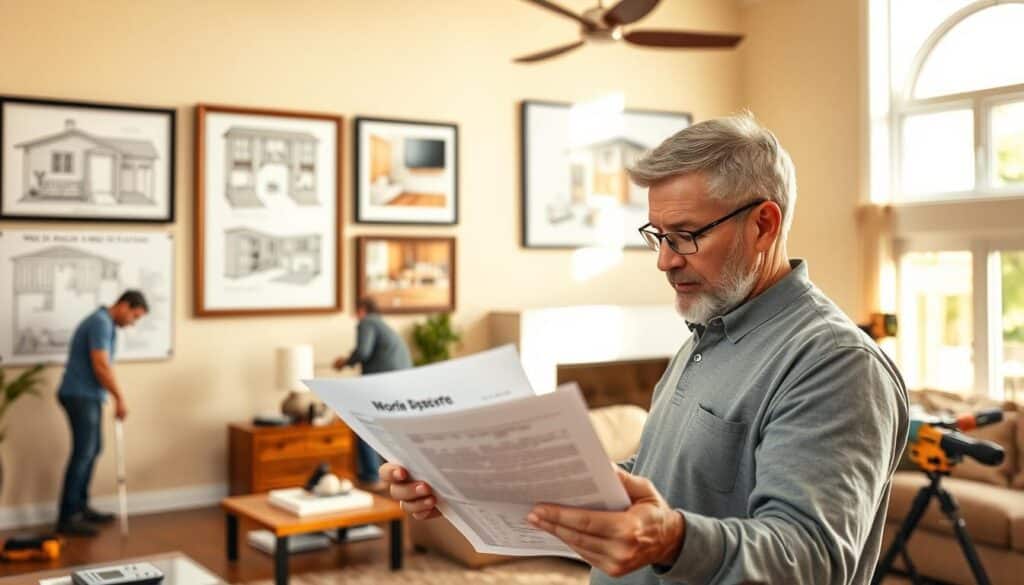
Home improvements can greatly increase your home’s value and help cancel private mortgage insurance (PMI). There are many ways to boost your property’s worth and lower your monthly payments.
Some key improvements that can significantly raise your home’s value include:
- Kitchen renovations
- Bathroom updates
- Adding energy-efficient features
- Landscaping enhancements
- Exterior painting and upgrades
When aiming to cancel PMI, pick improvements that offer the best return on investment. Not all renovations add the same value. It’s smart to check local market trends and talk to real estate experts to get the most out of your property.
| Improvement Type | Average Value Added | Potential PMI Impact |
|---|---|---|
| Kitchen Remodel | 59-80% ROI | High |
| Bathroom Update | 50-70% ROI | Moderate |
| Energy Efficiency | 60-80% ROI | High |
It’s important to document all improvements well. Keep records of everything, like receipts, contractor invoices, and before-and-after photos. These will be key when asking for a new appraisal to show your home’s increased value.
Lenders might not need you to own the home for two years to cancel PMI if your improvements raise the value a lot. Getting a professional appraisal can cost between $450 and $550. But, if it saves you from monthly PMI payments, it might be worth it.
The Reappraisal Strategy
Getting rid of private mortgage insurance (PMI) can be done with a smart reappraisal plan. Homeowners looking to remove PMI often miss the value of a professional home valuation.
A reappraisal is a focused way to show more home equity and possibly remove PMI. It involves getting a professional to value your home today.
When to Consider a New Appraisal
Homeowners might want to think about a reappraisal when:
- They’ve made big home improvements
- The local real estate market has grown a lot
- It’s been a few years after buying the home
- They’ve paid down a lot of the mortgage
Cost-Benefit Analysis of Reappraisal
A reappraisal usually costs between $300 to $500. This might seem like a lot, but the savings from not paying PMI can make up for it.
A smart reappraisal could save homeowners hundreds of dollars each month by cutting out PMI payments.
For a reappraisal to work well, consider these points:
- Keep records of all home upgrades
- Know what homes in your area are selling for
- Choose a certified, skilled appraiser
- Get your home ready for a detailed check
Pro tip: To qualify for PMI removal through reappraisal, aim to show at least 20% equity in your home.
Legal Rights Under the Homeowners Protection Act
The Homeowners Protection Act (HPA) of 1998 gives homeowners important rights. It was passed on July 29, 1998. This law sets clear rules for when you can stop paying PMI.
It makes sure lenders follow the same rules for removing PMI. This law helps homeowners get rid of PMI payments when they’re not needed anymore.
- PMI must be automatically terminated when the loan balance reaches 78% of the original property value
- Homeowners can request PMI cancellation when their equity reaches 20%
- Lenders must provide annual written disclosures about PMI cancellation rights
Homeowners have strong protections under this law. The Consumer Financial Protection Bureau (CFPB) watches over this. This means lenders have to follow strict rules.
- Canceling PMI when the loan balance reaches 80% of the original value
- Notifying borrowers within 30 days after PMI cancellation
- Returning unearned PMI premiums within 45 days of termination
Knowing your rights is key when dealing with PMI. The HPA makes it clear how to stop PMI payments. This can save you a lot of money over time.
Common Mistakes to Avoid When Removing PMI

When you try to remove PMI, you need to be very careful. Homeowners often make big mistakes that can hurt their finances. These mistakes can stop you from getting rid of PMI.
The most common mistakes include:
- Miscalculating Home Equity: Many homeowners get their home’s value wrong. This mistake can stop you from removing PMI.
- Neglecting Payment History: Lenders check if you’ve paid on time. One late payment can stop you from removing PMI.
- Overlooking Appraisal Costs: Getting an appraisal to remove PMI costs about $475. You need to plan for this cost.
“Understanding the nuanced requirements of PMI removal can save homeowners significant money over time.” – Real Estate Financial Experts
PMI can cost a lot. For a $200,000 mortgage, it’s $3,000 a year or $250 a month. Avoiding these mistakes can save you money.
Here are some tips to remove PMI:
- Keep your credit score high
- Watch your home’s value
- Know what your lender needs
- Have your documents ready
The federal Homeowners Protection Act says PMI must go when you have 22% equity. By avoiding these mistakes, you can save a lot of money during your mortgage.
Working with Babcock Ranch Homes for PMI Removal
Dealing with private mortgage insurance (PMI) can be tough for homeowners wanting to cut PMI payments. Babcock Ranch Homes has the expertise to help you lower your mortgage payments by removing PMI.
Our team offers full support during the PMI removal process. We create strategies that fit your financial needs. We know the steps to take to remove PMI and lower your monthly payments.
- Personalized PMI removal consultations
- Comprehensive documentation assistance
- Strategic financial guidance
- Expert analysis of loan-to-value ratios
The experts at Babcock Ranch Homes know a lot about mortgage rules. They help homeowners find the best way to lower their mortgage payments and remove PMI.
| Service | Benefit |
|---|---|
| Initial Consultation | Comprehensive PMI removal assessment |
| Documentation Review | Streamlined PMI cancellation process |
| Financial Strategy | Personalized plan to reduce monthly payments |
Ready to take control of your mortgage? Contact our experts at Babcock Ranch Homes today by calling 518-569-7173 for a free consultation. Start your journey to eliminate PMI payments.
Conclusion
Learning how to get rid of PMI is key for homeowners wanting to cut down on mortgage costs. This article’s PMI removal guide shows several ways to do this. It helps homeowners take steps to lower their monthly payments.
Strategies like tracking home equity and making extra payments can help remove PMI faster. Homeowners should watch their loan-to-value ratio closely. This way, they can spot chances to cancel private mortgage insurance.
Removing PMI is more than saving money; it’s about controlling your financial future. By knowing how to cancel PMI and using the right strategies, homeowners can save a lot. Remember, knowing your stuff and managing your finances well are essential.
The path to PMI removal needs patience, planning, and understanding your mortgage terms. Homeowners can choose from automatic cancellation, requesting removal, or refinancing. These options help get rid of PMI and bring homeowners closer to owning their homes outright.
FAQ
What is Private Mortgage Insurance (PMI)?
How much does PMI typically cost?
What is Private Mortgage Insurance (PMI)?
How much does PMI typically cost?
FAQ
What is Private Mortgage Insurance (PMI)?
Private Mortgage Insurance (PMI) is a protection for lenders when you put down less than 20% on a home. It lets you buy a home with less money down. This insurance kicks in if you can’t pay your mortgage.
How much does PMI typically cost?
PMI usually costs between 0.5% and 1% of your loan’s total amount each year. For a 0,000 mortgage, that’s
FAQ
What is Private Mortgage Insurance (PMI)?
Private Mortgage Insurance (PMI) is a protection for lenders when you put down less than 20% on a home. It lets you buy a home with less money down. This insurance kicks in if you can’t pay your mortgage.
How much does PMI typically cost?
PMI usually costs between 0.5% and 1% of your loan’s total amount each year. For a $250,000 mortgage, that’s $1,250 to $2,500 annually. This adds $104 to $208 to your monthly payment.
When can I request PMI removal?
You can ask to stop PMI when your loan balance is 80% of your home’s value. This can happen through paying down your mortgage or if your home’s value goes up. Your lender might also want to see a good payment history and a recent appraisal.
Are there different ways to eliminate PMI?
Yes, there are a few ways to get rid of PMI. You can pay down your mortgage to 80% LTV, get a new appraisal to show more equity, make extra payments, or refinance your mortgage when you have enough equity.
Does the Homeowners Protection Act protect me?
The Homeowners Protection Act requires lenders to stop PMI when your loan balance is 78% of your home’s original value. For 30-year mortgages, this happens at the midpoint. This law helps protect homeowners.
Can home improvements help remove PMI?
Yes, making smart home improvements can increase your home’s value. This might help you reach the 80% LTV threshold faster. Focus on big-value improvements like kitchen updates, adding space, or improving your home’s look.
What documentation do I need to remove PMI?
You’ll need proof of your home’s current value (an appraisal), a good payment history, and proof you’ve hit the 80% LTV mark. Your lender will tell you exactly what you need for PMI removal.
Are there differences in PMI for conventional and FHA loans?
Yes, conventional loans let you remove PMI when you hit 80% LTV. FHA loans, on the other hand, require mortgage insurance for the whole loan term. FHA loans have their own rules and might need refinancing to drop mortgage insurance.
How long does the PMI removal process take?
Removing PMI can take 30-60 days after you apply. This includes time for your lender to review your request, possibly get an appraisal, and process your PMI cancellation. The exact time depends on your lender and your situation.
What are the risks of waiting to remove PMI?
Paying PMI unnecessarily can cost you thousands over time. Keep an eye on your loan balance, home value, and equity. This will help you know when to ask to remove PMI and save money.
,250 to ,500 annually. This adds 4 to 8 to your monthly payment.
When can I request PMI removal?
You can ask to stop PMI when your loan balance is 80% of your home’s value. This can happen through paying down your mortgage or if your home’s value goes up. Your lender might also want to see a good payment history and a recent appraisal.
Are there different ways to eliminate PMI?
Yes, there are a few ways to get rid of PMI. You can pay down your mortgage to 80% LTV, get a new appraisal to show more equity, make extra payments, or refinance your mortgage when you have enough equity.
Does the Homeowners Protection Act protect me?
The Homeowners Protection Act requires lenders to stop PMI when your loan balance is 78% of your home’s original value. For 30-year mortgages, this happens at the midpoint. This law helps protect homeowners.
Can home improvements help remove PMI?
Yes, making smart home improvements can increase your home’s value. This might help you reach the 80% LTV threshold faster. Focus on big-value improvements like kitchen updates, adding space, or improving your home’s look.
What documentation do I need to remove PMI?
You’ll need proof of your home’s current value (an appraisal), a good payment history, and proof you’ve hit the 80% LTV mark. Your lender will tell you exactly what you need for PMI removal.
Are there differences in PMI for conventional and FHA loans?
Yes, conventional loans let you remove PMI when you hit 80% LTV. FHA loans, on the other hand, require mortgage insurance for the whole loan term. FHA loans have their own rules and might need refinancing to drop mortgage insurance.
How long does the PMI removal process take?
Removing PMI can take 30-60 days after you apply. This includes time for your lender to review your request, possibly get an appraisal, and process your PMI cancellation. The exact time depends on your lender and your situation.
What are the risks of waiting to remove PMI?
Paying PMI unnecessarily can cost you thousands over time. Keep an eye on your loan balance, home value, and equity. This will help you know when to ask to remove PMI and save money.

